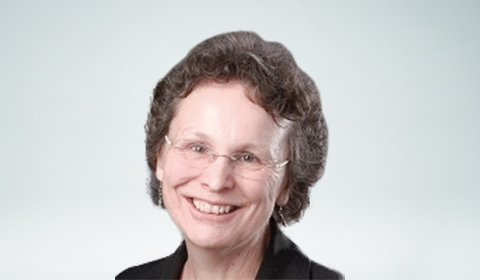A move away from defined benefit (DB) and toward defined contribution (DC) plans has shifted the onus of retirement readiness away from the employer and on to the employee. The earlier in their working life an individual starts to plan for retirement, the better.
Insures have a role to play by surveying the workforce and assisting in providing education, tools, and support to help individuals achieve financial readiness. Governments also play a role by providing basic social security safety plans and legislating when people are eligible for lifetime payments.
In the US, over 30 million boomers born between 1959 to 1964 will soon turn 65, marking the "largest and final cohort" of that generation entering retirement, according to a new report from the Alliance for Lifetime Income's Retirement Income Institute.
Peak boomers entered the workforce just as retirement plans shifted away from DB plans (i.e., pensions), which were employer sponsored and generally stable, toward DC pensions (e.g., 401(k) plans in the US), which rely on workers to pay into them.
As pension schemes continue to evolve around the world, the need for workers to think about their finances in retirement and actively plan for life after work has increased.
Retirement readiness surveys
Many financial institutions, such as Fidelity and Bank of Montreal, as well as insurers Allianz Life, Principal Financial, Prudential Financial, and Max Life, among others, conduct surveys to assess customers’ retirement readiness.
The Fidelity Global Retirement Survey conducted in 2020 assessed the retirement readiness of several countries, including the US, the UK, Japan, Canada, and Germany. Common issues with retirement readiness identified across countries included:
- Lack of understanding about how much money an individual will need in retirement
- Lack of knowledge about how an individual’s retirement savings are invested
- Lack of understanding about the concept of asset allocation in relation to age
- Complex situations requiring help from employers and insurers
A Fidelity Global Sentiment Survey conducted in 2023 examined the evolution of attitudes and actions of working adults around the world in four distinct areas:
- Workplace
- Retirement readiness
- Financial habits
- Overall wellbeing
Fidelity identifies four common domains of financial wellness, no matter where employees are located across the globe, including:
- Budgeting
- Debt management
- Savings
- Preparation for the unexpected
Workers across all age groups and regions indicated they find the retirement planning process complicated. People do not have a clear understanding of their personal retirement saving requirements or how to measure the gap between what they will have and what they will need.
The Fidelity survey pointed out that people need to consider what sort of lifestyle they want in retirement. The key components of their preretirement plan are to raise savings, review the asset mix, and revisit retirement planning. The findings highlight an opportunity for employers and pension providers to help educate the workforce about retirement savings options.
Insurers also have an opportunity to provide tools and products to help people plan for retirement. Customers’ current strategies for managing retirement include cutting discretionary and obligatory expenses, working part-time, and an unrealistically relying on social security. Insurers can help customers become more proactive in achieving retirement goals by giving them the tools to become more financially literate.





